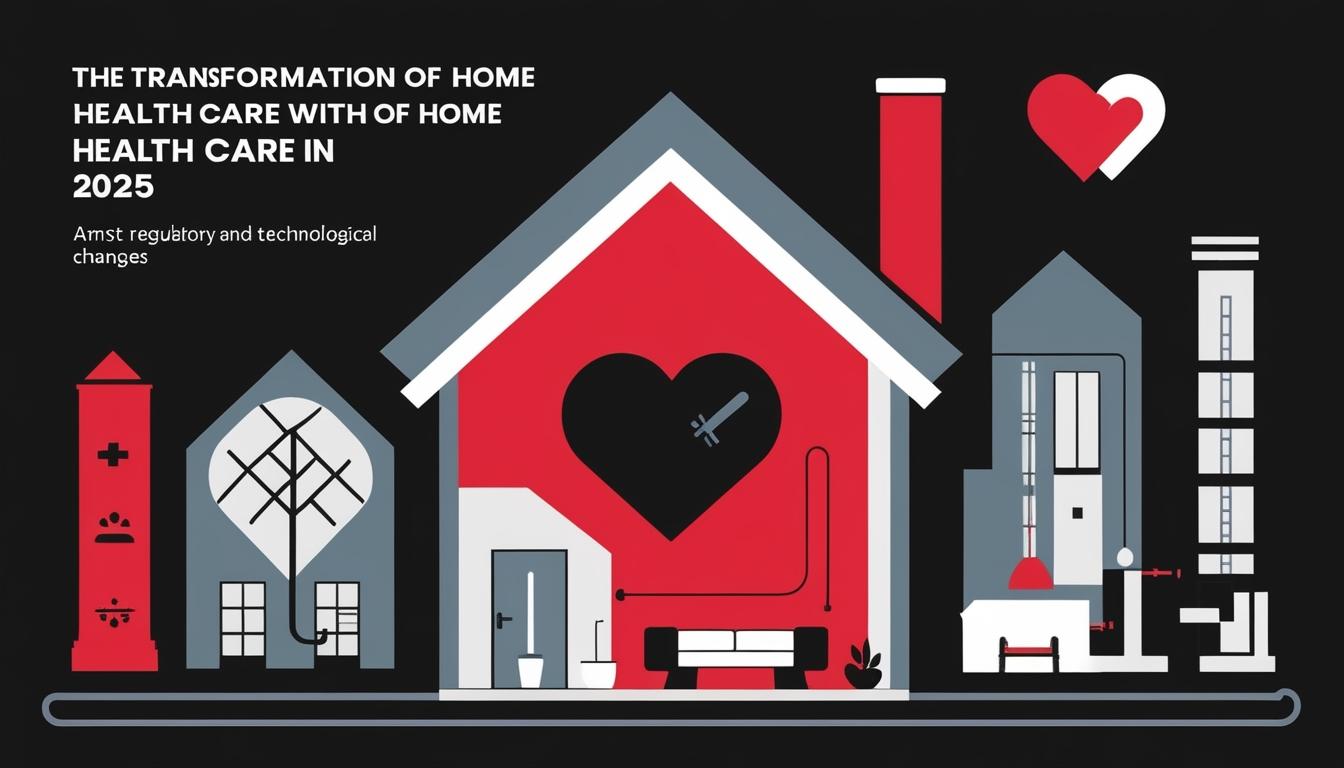As the year 2025 approaches, the home health care sector is poised for significant change, influenced by a complex mixture of regulatory decisions, market dynamics, and technological advancements. In its recent analysis, Home Health Care News (HHCN) outlines several key trends expected to shape the industry over the next 12 months.
One of the most notable influences will be the anticipated "Trump effect," referring to the policy adjustments likely emanating from the incoming administration of former President Donald Trump. According to the HHCN update, his administration’s approach to Medicare payments is expected to create a more favourable environment for home health providers than the previous administration, which saw persistent cuts imposed by President Joe Biden under the Centres for Medicare & Medicaid Services (CMS). This development could buoy the home health industry, which has faced instability owing to these reductions.
Speaking to HHCN, Robin Rudowitz, vice president at KFF and director of the Program on Medicaid and the Uninsured, highlighted the potential for Medicaid programs to face cuts, particularly as the new administration seeks funding avenues for tax cuts. “If Social Security and Medicare cuts are largely off the table, Medicaid spending reductions are left as a likely source of funding," Rudowitz explained. A potential shift toward block grants or capping federal contributions to states could emerge, reflecting a change in the political landscape.
Another critical upcoming challenge will be the ongoing political polarization in the U.S., which has seen past administrations focusing on reversing the policies of their predecessors. This “great reversal” trend could result in sweeping changes to regulations such as the Medicaid Access Rule and the federal nursing home staffing mandate. As history suggests, the incoming administration is not expected to align closely with its predecessor's policies.
A transformational event that could reshape the industry is the controversial acquisition deal between UnitedHealth Group and Amedisys, which is currently facing opposition from the Biden administration's Department of Justice. If this deal, valued at $3.3 billion, goes through, it could establish UnitedHealth as a major player in the home health care market, owning nearly 10% of the sector. This consolidation is likely to create a divide between large integrated providers and smaller home health agencies, potentially influencing market competition and service delivery structures.
According to data gathered by HHCN and Forcura, about 58% of home health providers have already begun investing in artificial intelligence (AI) technologies or plan to do so in the coming year. This move presents a significant shift as the industry, traditionally seen as slow to adopt new technologies, begins to harness AI to streamline operations and improve efficiencies. Pinnacle Home Care CEO Shane Donaldson noted the potential utility of AI in enhancing job quality and reducing turnover costs, asserting, “At the moment, we need to go from surviving to thriving,” underscoring the pressure home health providers face to innovate for sustained operational viability.
Moreover, the hospital-at-home model is expected to gain increasing traction as health systems look to expand their offerings without the capital costs associated with traditional facilities. This shift is driven by the need to alleviate capacity pressures in hospitals and enhance care quality in home settings. Compelling insights from industry leaders highlight home care as a primary focus. Danny Metzger-Traber, VP of strategic business operations at Mass General Brigham Healthcare at Home, articulated, “With our home-based services, it’s about how we take this patient out of the hallway, rather than out of the hospital,” reflecting the ongoing evolution in patient care approaches prompted by both necessity and strategic vision.
As home health care continues to navigate these multifaceted changes, the industry stands at a crucial juncture. By adapting to both regulatory shifts and shifting consumer expectations, providers may find themselves equipped to not just endure but thrive within a dynamically evolving landscape.
Source: Noah Wire Services
